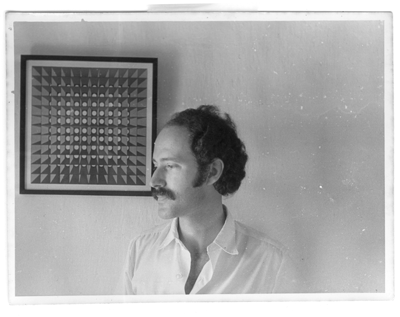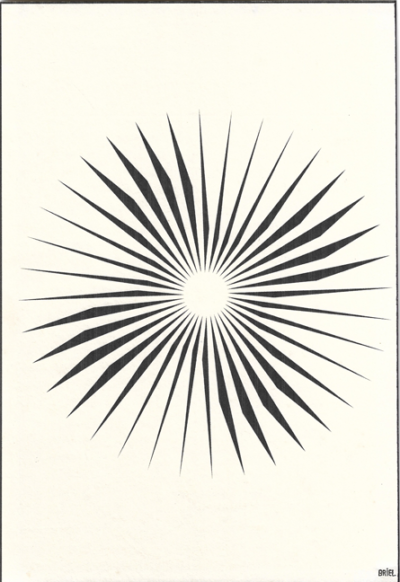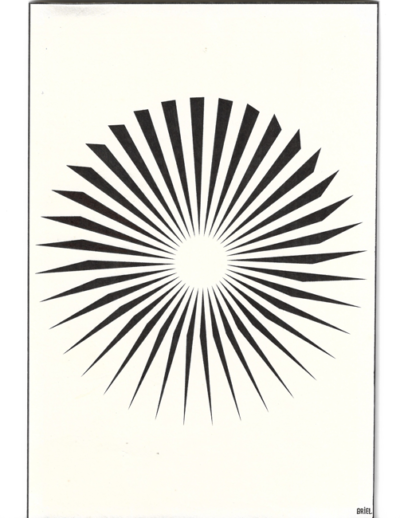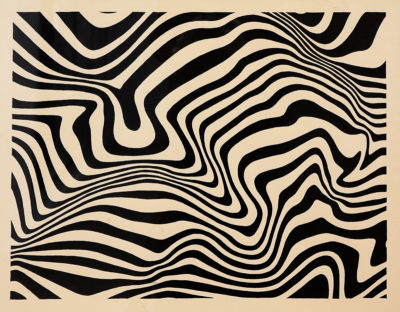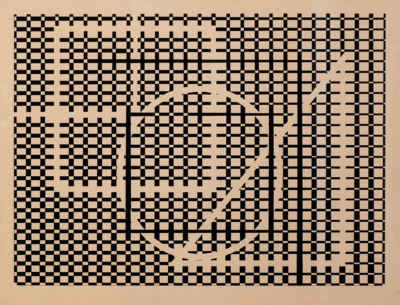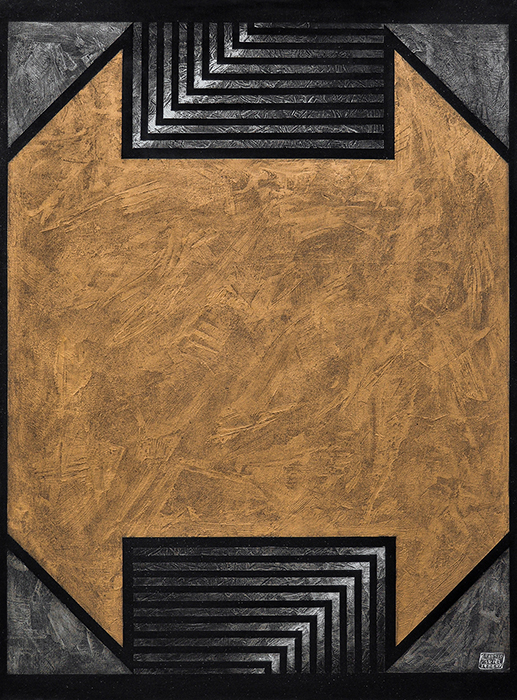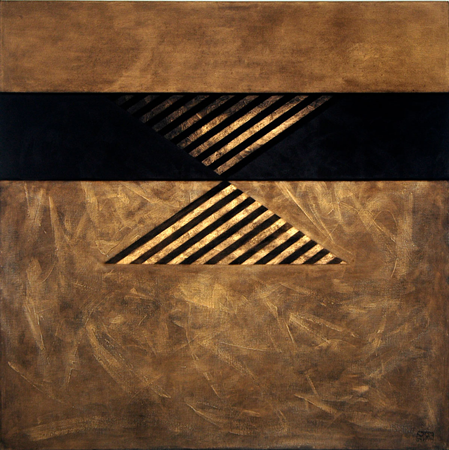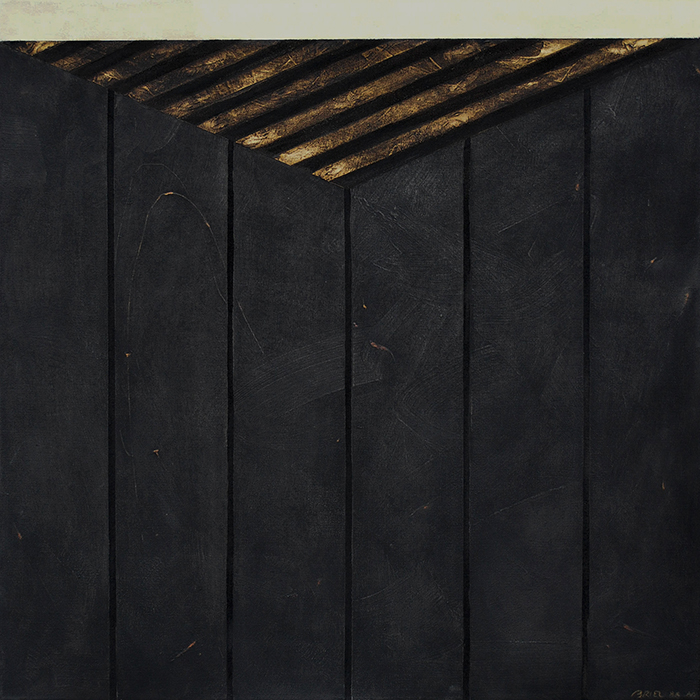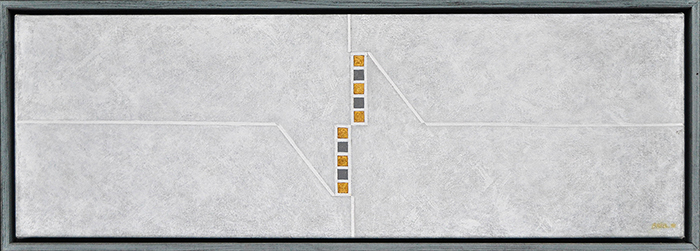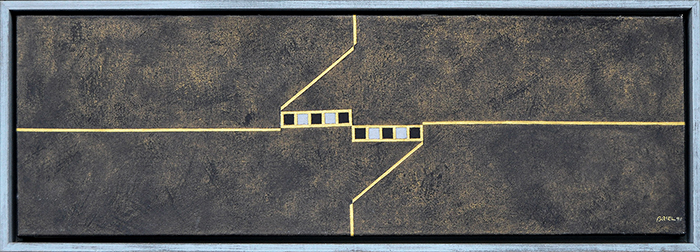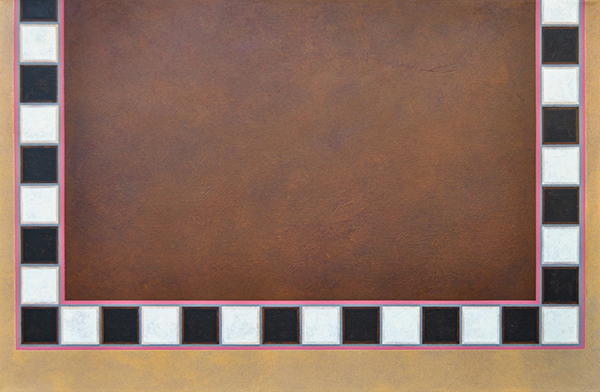ARTIST INFORMATION
Ernesto Briel (b. 1943, Guanabacoa, Cuba – d. 1992, New York, NY) was a leading figure in the Op-Art movement during his lifetime. With a particular interest in scenography, Briel worked as a painter, producer, and set designer, and briefly as an actor. He studied painting at the School of Fine Arts, San Alejandro (1964), Design at the National School of Design in Havana (1980), and later Photography at Parsons School of Design in New York (1989). Throughout his practice he developed a lively, active, complex, and contemplative body of work within a vein of a typically stoic genre priding itself on simplicity. In the Spring of 1980, he fled Cuba by way of the mass emigration of the Mariel Boatlift and settled in New York which opened doors of influence has he now lived in the heart of the Contemporary Art world during an enigmatic decade. It during this time he recontextualized his visual language, producing more painting while continuing his famed India-ink drawings in parallel.
As Briel’s career would reach a crescendo from the late 1980’s to the early 1990’s, his health would decline. He was awarded the prestigious Cintas Foundation fellowship award (1988-89), and in those years he pushed his work with a rigor that came to fruition in Duo Geo [with Carmen Herrera] at Jadite Galleries in New York. This two-person exhibition showcased his work alongside world renowned geometric abstract artist Carmen Herrera, and stands apart as one of the most prominent shows in his career. Ernesto Briel passed away from an AIDS-related disease in 1992. Posthumously, the artist is held in high regard for his contributions to the trajectory and progression of contemporary art history. Briel’s works reside in the permanent collections of the Jersey City Museum (Jersey City, NJ), Museo Nacional de Bellas Artes (Havana, Cuba), and the Housatonic Museum of Art (Bridgeport, CT).
